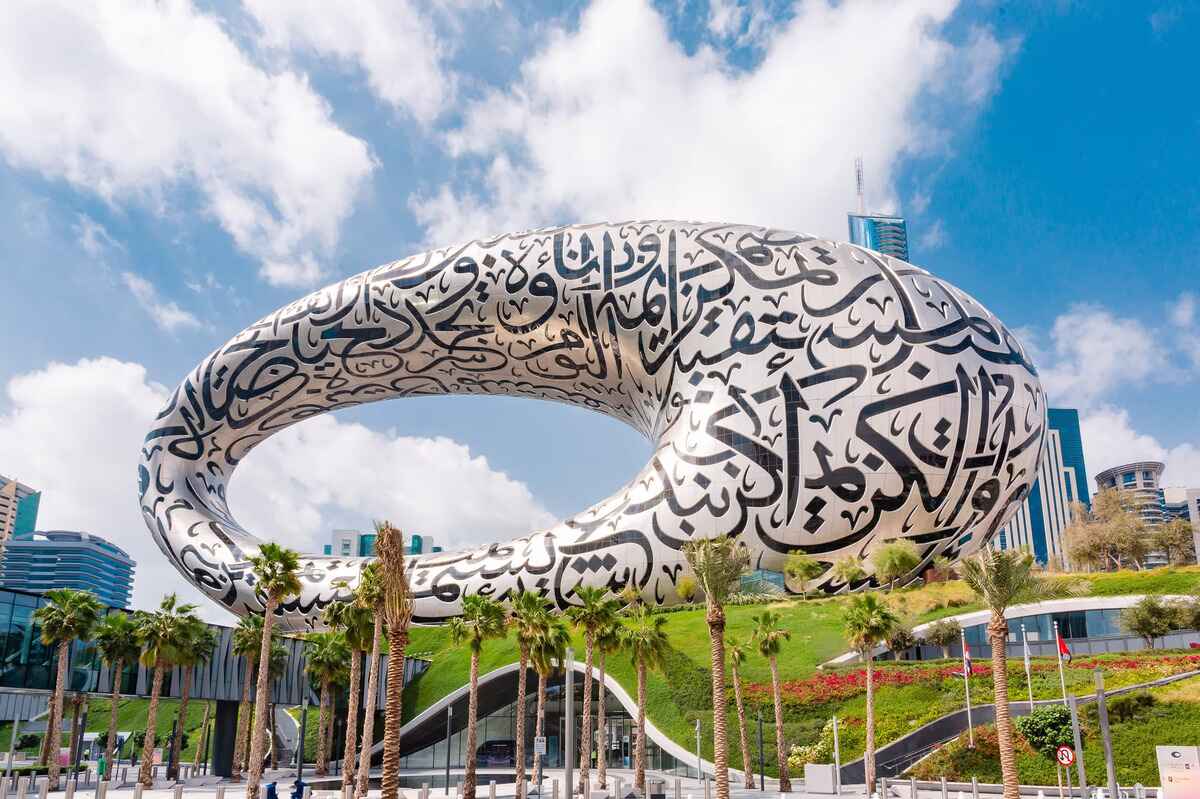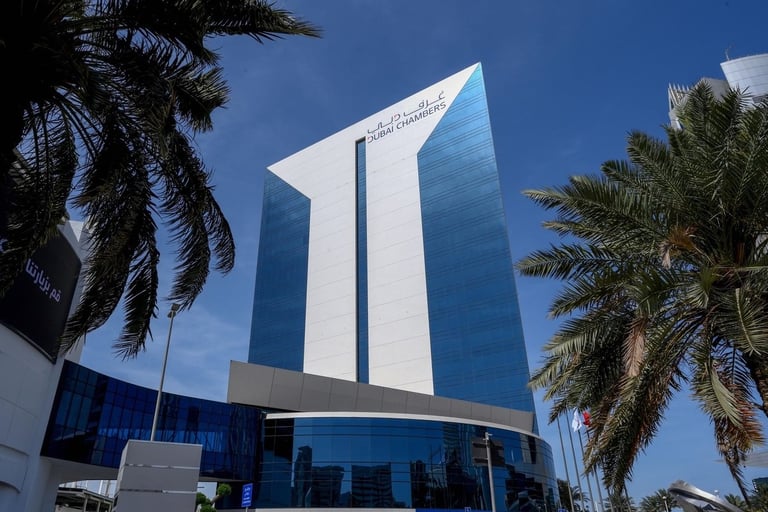Headline consumer price inflation in Dubai slowed to 2.8 percent annually in March 2025, down from 3.2 percent during the previous two months. This marked the slowest pace of annual price growth since October last year.
According to the latest report by Emirates NBD, prices were 0.1 percent lower compared to February, marking the first monthly deflation since July 2024. Inflation over the first quarter averaged 3 percent, slightly more than the bank’s 2025 forecast of 2.8 percent, but it expects price growth to be more modest through the remainder of the year.
“Our expectation of softer headline inflation in the coming months is largely on the back of lower global oil prices, which have already come down sharply in April. This will be reflected in prices at the pump and in the transport component of the basket, which accounts for just over 9 percent of the total,” said Emirates NBD.
Oil prices bring transport costs down
Transport has already been a key factor in keeping headline inflation in Dubai down over recent months, and in March it was down 3.3 percent annually, reflecting the fact that a liter of super 98 in March 2025 cost 9.9 percent less than it did in March 2024.
In April, the same amount of petrol costs 18.4 percent less than a year earlier, meaning the drag from transport will be even sharper in the next inflation print and through the rest of the year.
“We forecast an average Brent crude price of $68/b this year, down from $80/b in 2024,” added the report.
Housing and utility prices moderate from near-decade-high
The key driver of upward inflation in Dubai remains housing and utilities, the largest component of the basket at 40.7 percent and the component which is seeing the fastest price growth.
In March, it was up 7.2 percent annually but down moderately from the near-decade-high pace of 7.4 percent in the previous month. This trend is attributed to the ongoing price increases in the housing sector, with little change in utility costs.
The data also suggests some stabilization in the Dubai property sector, with price growth no longer accelerating. Rents for apartments were still up by around 8 percent in Q1, while villas and townhouses were up by around 20 percent.
Food prices decline despite Ramadan rush
Emirates NBD added that the rest of the basket continues to see either soft price growth or outright deflation. The second largest component after housing is food & beverages, and prices here were down 0.3 percent in March despite the holy month of Ramadan largely falling in this period. This marked the third month in a row of deflation for food prices.
Meanwhile, inflation in Dubai’s restaurants and accommodation sector softened to 0.3 percent, down from 0.7 percent in February, and clothing & footwear prices were down 2.7 percent for the second month running.
Respondents to the S&P Global PMI survey for Dubai raised their output prices in March, but only marginally, as the market remains highly competitive. Input price inflation fell to its lowest level in exactly one year. In contrast, output prices rose at a quicker pace than in February.
UAE inflation to average 2 percent in 2025
The UAE’s economy is poised for substantial growth, according to the Central Bank of the UAE (CBUAE). Its latest Quarterly Economic Review forecasts a 4.7 percent GDP increase in 2025, with further acceleration to 5.7 percent in 2026.
Inflation in the UAE remained well-controlled at 1.7 percent in 2024, significantly below the global average of 5.7 percent. The CBUAE maintained its 2025 inflation forecast for the UAE at 2.0 percent, with non-tradable components of the consumer basket expected to be the main drivers, partially offset by moderating energy prices.








